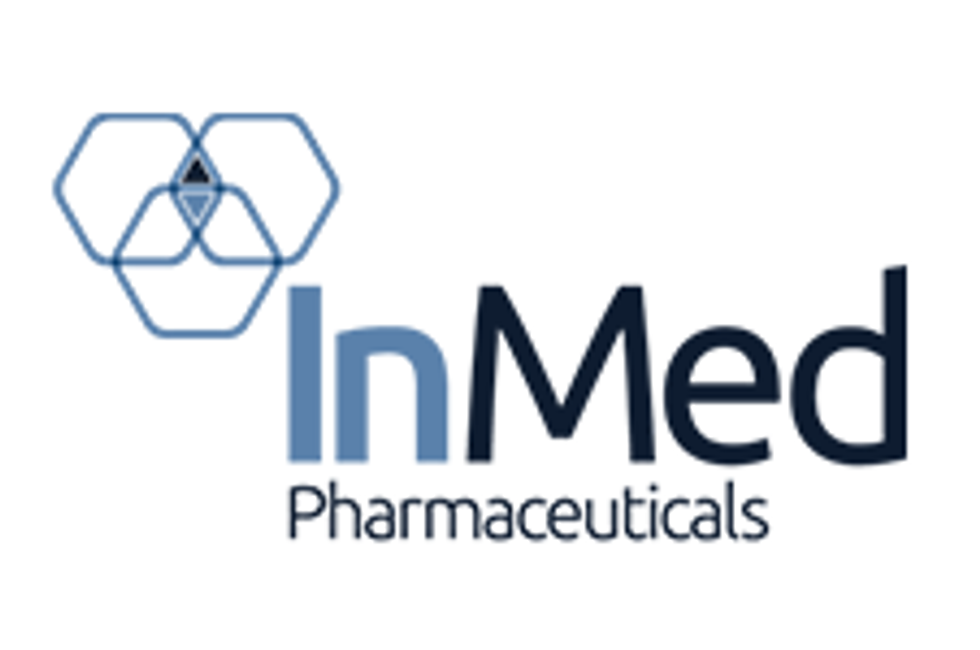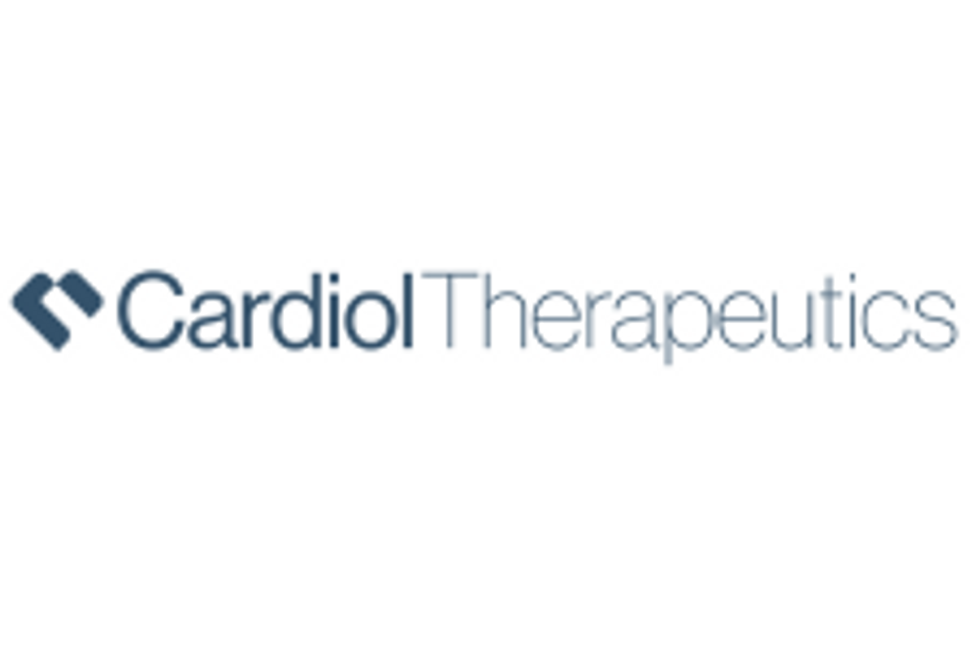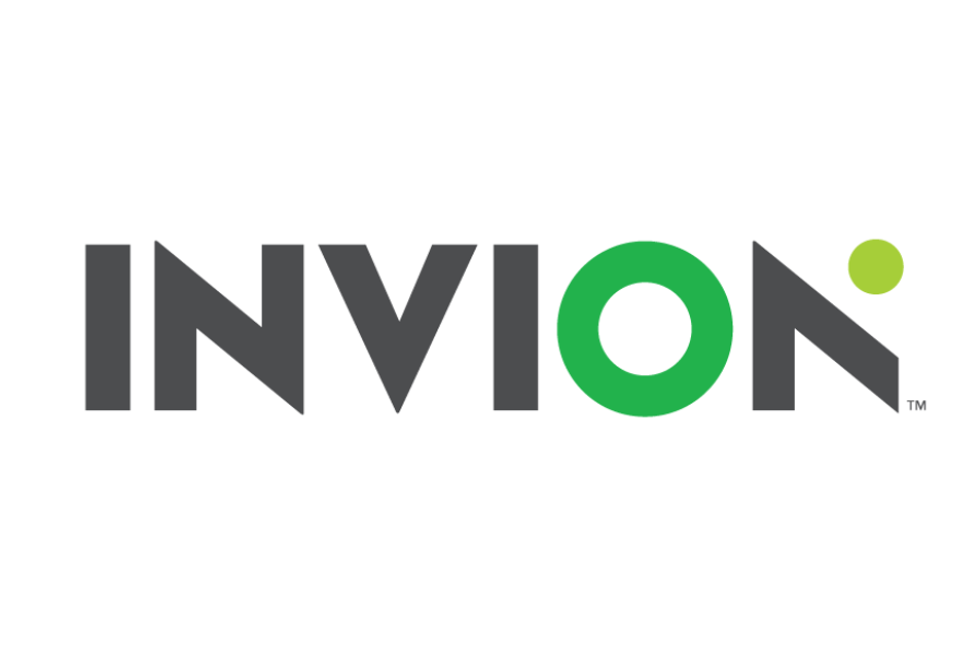
Both trials achieved statistical significance for the primary objective with Verrica’s VP-102, a candidate for molluscum contagiosum.
On Thursday (January 3), Verrica Pharmaceuticals (NASDAQ:VRCA) reported positive Phase 3 clinical trial results from two trials.
Both the CAMP-1 and CAMP-2 achieved statistical significance for the primary objective with Verrica’s VP-102, a candidate for molluscum contagiosum (molluscum). In both trials, patients had a complete clearance of all treatable molluscum lesions versus the placebo.
VP-102 is a drug-device combination with a novel topical solution of cantharidin. The trial was tested for safety and efficacy in both trials. No serious adverse events were reported in either trial from the VP-102 treated patients.
“We believe the efficacy and safety profiles of VP-102 observed in these two trials provide a strong foundation for our U.S. [new drug application (NDA),” Ted White, president and CEO of Verrica, said in the press release. White added the company intends to submit the NDA in the second half of 2019.
This news aligns with the company’s goal of releasing these results in the first half of this year.
Both trials were identical in design, but the CAMP-1 was under the US Food and Drug Administration’s (FDA) Special Protocol Assessment. The trials were randomized, double-blind, multicenter and placebo-controlled.
Primary objectives for both monitored the dermal application of VP-102 for the indication. Secondary objectives included the complete clearance of study visits at 21, 42 and 63 days.
Roughly 528 patients were jointly enrolled in the trials which were conducted at 31 centers in the US. Patients were treated once every 21 days for up to four applications of the drug. The trial continued for 12 weeks and assessed the number of lesions over this period.
About half of the patients in each trial treated with VP-102 had complete clearance of all treatable molluscum lesions at day 84. Meanwhile, 18 percent of the patients in CAMP-1 and 13 percent of the patients in CAMP-2 met this objective in the placebo group.
By the end of the trials, 69 percent and 83 percent of patients had a mean reduction in the amount of lesions, a pre-specified endpoint in CAMP-1 and CAMP-2 versus about 20 percent for each trial in the placebo groups.
These results were consistent with those in Verrica’s Phase 2 clinical study. Side effects in both were also similar and ranged from primarily mild to moderate. The most common side effects were adverse events from the application site reactions.
Verrica intends to submit data from these trials for future medical meetings and in a publication to a peer-reviewed medical journal.
VP-102 is meant to be convenient for both practitioners and patients as a proprietary topical solution of cantharidin. It’s also in development for common warts and additional indications in Phase 2 and Phase 1 trials, respectively.
Molluscum is a highly contagious skin disease characterized by the lesions and generally takes place in pediatric patients. The disease is caused by the pox virus and affects about six million people in the US, according to the release. Most patients have 10 to 31 lesions but others have over 100, which can last for an average of 13 months or over two years if left untreated. Currently there are no FDA-approved drugs for this disease.
Other than this drug candidate, Verrica has another candidate in development for plantar warts in preclinical development. The company intends to file an investigational new drug submission for the drug in 2019.
Investor Takeaway
On Thursday, Verrica’s share price increased just under seven percent to US$8.50 as of market close.
Investors interested in more information on VP-102 can expect to hear about the NDA submission and results from the Phase 2 trial for common results in the next half of this year.
Don’t forget to follow @INN_LifeScience for real-time updates!
Securities Disclosure: I, Gabrielle Lakusta, hold no direct investment interest in any company mentioned in this article.



